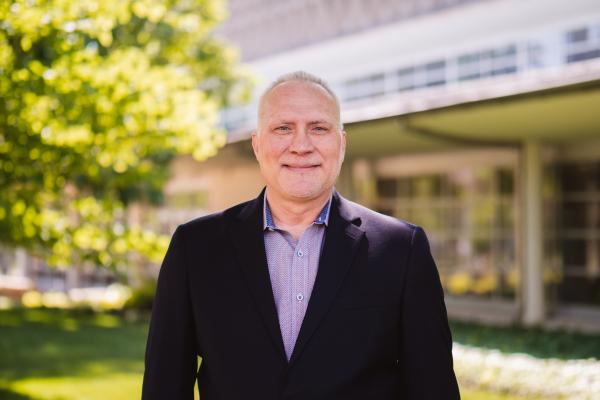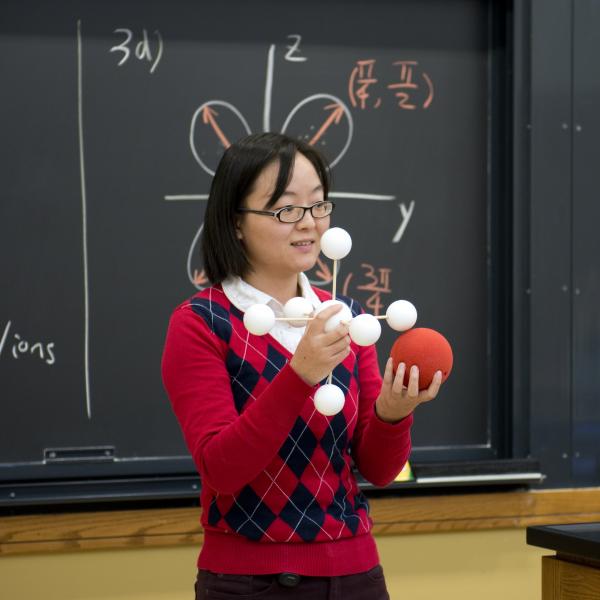Professor Buhro's research interests include synthetic inorganic and materials chemistry; optical properties of semiconductor nanocrystals, including quantum wires, belts and platelets; metallic nanoparticles; magic-size nanoclusters; nanoparticle growth mechanisms; and charge and energy transport in nanowires.
Semiconductor Quantum Wires, Belts, and Platelets
Pseudo-1D nanocrystals such as quantum wires (QWs) and quantum belts (QBs, nanoribbons) are in principle capable of transporting energy (excitons) and charge over long distances, and thus may have applications in solar-energy conversion and other technologies. However, excitons and charge carriers in QWs and QBs sample extremely large surface areas and thus have a high probability of encountering surface trap sites, precluding efficient transport. We have recently prepared semiconductor QWs and QBs in which excitons are efficiently delocalized over the entire length of the nanostructures, and the photoluminescence efficiencies are as high as 40%, rivaling those of quantum rods. By similar methods, crystalline, colloidal CdSe quantum platelets (QPs) are prepared at room temperature, which are remarkably mild conditions for nanocrystal synthesis. The flat QBs and QPs are obtained from a lamellar-template mechanism. Their excellent optical properties result from the smooth facets and effective passivation afforded by the template synthesis, which minimize surface trap-site populations. In future studies, these nanocrystals will be incorporated into next-generation solar cells and detectors.
Magic-Size Nanoclusters
So-called magic-size semiconductor nanoclusters have discrete formulas such as (CdSe)13, (CdSe)19, (CdSe)33, and (CdSe)34, and are believed to have cage-like structures comparable to those of the carbon fullerenes, such as C60. Until recently, these nanoclusters were available only in complex mixtures, and no single magic-size nanocluster had been isolated in purity. We have discovered a synthesis that provides [(CdSe)13(primary amine)13] nanoclusters as pure compounds on the gram scale. We are close to isolating magic-size nanoclusters of other sizes and compositions as well. These nanoclusters are useful, room-temperature precursors for nanocrystals of varying morphologies, especially flat nanocrystals (see above). Access to gram quantities of pure magic-size nanoclusters should enable experimental structure determination, reactivity studies, and further explorations of their physical and spectroscopic properties.



